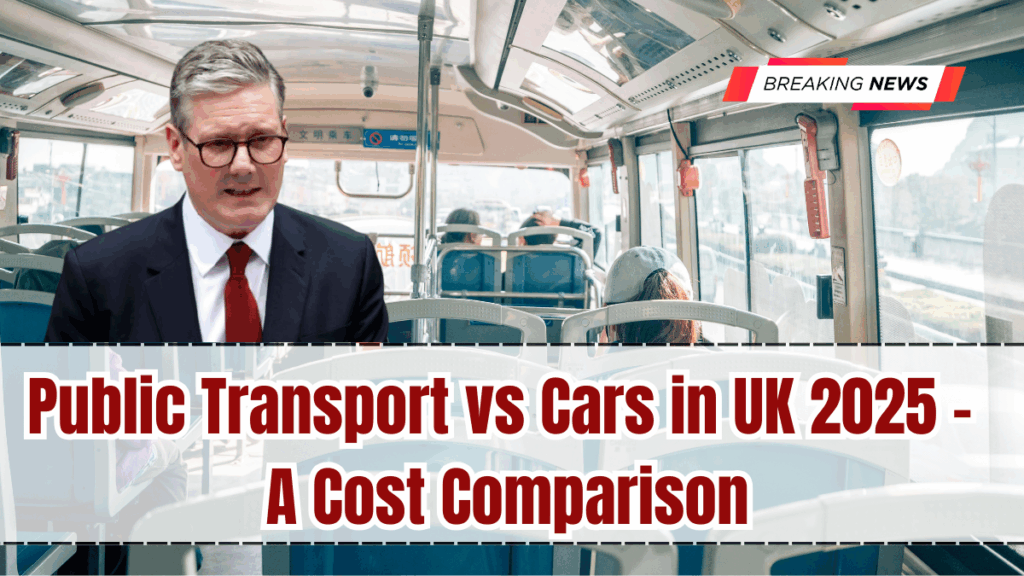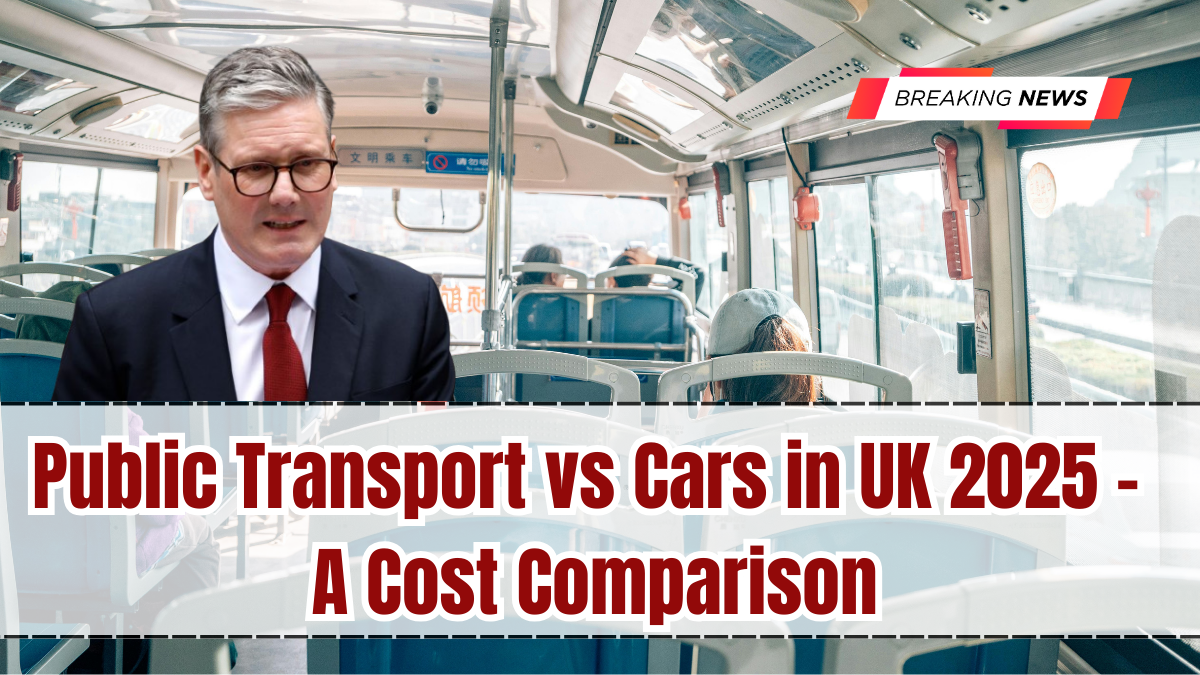Transportation in the United Kingdom is undergoing major change in 2025. With fuel duty hikes, higher insurance costs, and growing investment in public transport, the debate between driving and using public transit has never been more relevant. Public Transport vs Cars in UK 2025 highlights the financial, environmental, and lifestyle considerations shaping how people choose to travel.
Both options carry advantages and challenges. Cars provide independence and flexibility, while trains, buses, and trams offer lower environmental impact and predictable costs. The decision often comes down to a careful balance of expenses and convenience.

Cost of Driving in 2025
Owning and running a car has become more expensive in 2025. Average fuel prices now exceed £1.70 per litre, partly due to increased fuel duty. Insurance premiums have risen to an average of £650 annually, with younger drivers paying much more.
Other expenses include vehicle tax, MOT tests, repairs, and depreciation. On average, UK households spend around £4,500 to £5,000 per year on car ownership. For those in rural areas, where driving is essential, this is a necessary but heavy expense.
Cost of Public Transport in 2025
Public transport is more affordable for many, though costs vary depending on region and usage. A monthly rail pass for commuters in London can cost around £250 to £300, while bus passes in smaller cities average £70 to £100 per month.
National Express and Megabus services offer low-cost intercity travel, while train fares remain high for peak-time journeys. On average, households relying on public transport spend £2,000 to £3,000 annually—considerably less than owning a car.
Environmental Considerations
Beyond costs, environmental impact is central to Public Transport vs Cars in UK 2025. Cars, particularly petrol and diesel models, contribute heavily to emissions. Even with hybrids and EVs, production and battery disposal raise environmental questions.
Public transport, on the other hand, reduces per-person emissions significantly. Electric trains, hybrid buses, and expanding tram systems support national climate goals, making them the greener choice for eco-conscious travelers.
Convenience and Lifestyle Differences
Cars remain unmatched in convenience. They allow door-to-door travel, flexibility in scheduling, and freedom in rural regions where buses and trains are limited. For families and professionals with irregular schedules, cars remain indispensable.
Public transport excels in urban areas. With congested city roads and expensive parking, trains and buses often provide faster and cheaper alternatives. Investments in 2025 have improved reliability and connectivity, especially in London, Manchester, and Birmingham.
Regional Comparisons
The decision between public transport and cars often depends on location. In London, high congestion charges, parking fees, and strong public transport make driving impractical for many. Rail and underground systems provide affordable alternatives for commuters.
In rural England, Scotland, and Wales, limited bus services make car ownership essential. Public transport remains insufficient to cover long commutes, especially for workers in small towns and villages.
Financial Trade-Offs
A direct comparison shows clear differences. Car ownership costs £4,500–£5,000 annually, while public transport averages £2,000–£3,000. However, cars provide independence that many are unwilling to give up.
For families, combining both methods is common: using public transport for daily commutes while keeping a car for weekends or emergencies. This hybrid approach helps balance costs and convenience.
Future of UK Transport Choices
Looking forward, public transport investment will continue to grow, with more electric buses, high-speed rail projects, and expanded tram networks. However, cars will remain central to UK mobility, especially outside major cities.
The long-term future may involve a stronger mix of both, with people relying on public transport for regular travel while using cars for flexibility. As costs rise and climate targets tighten, more drivers may reconsider their habits.
FAQs
How much does it cost to own a car in the UK in 2025?
On average, car ownership costs £4,500 to £5,000 annually, including fuel, insurance, tax, and maintenance.
Is public transport cheaper than driving in 2025?
Yes, public transport averages £2,000 to £3,000 annually, making it more affordable than car ownership for most urban households.
Which option is greener: cars or public transport?
Public transport is significantly greener, with lower per-person emissions compared to petrol and diesel cars.
Why do rural areas depend more on cars?
Rural areas often lack reliable buses or train services, making cars essential for commuting and daily travel.
Will public transport replace cars in the UK?
Not entirely—while public transport will expand, cars will remain vital in rural regions and for personal flexibility.
Click here to know more.
